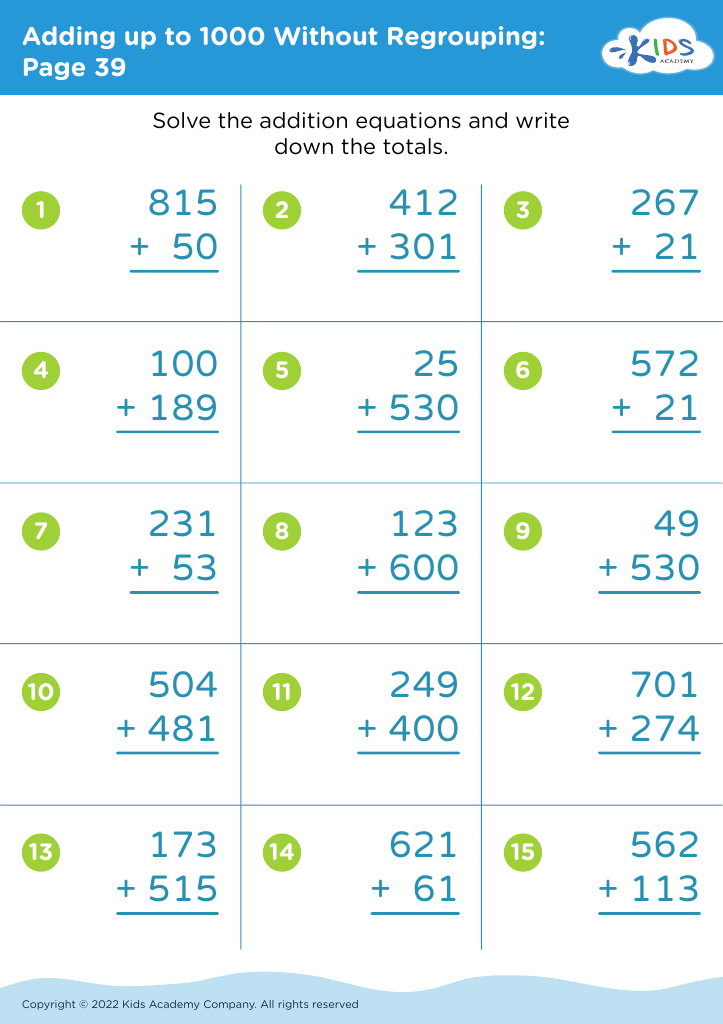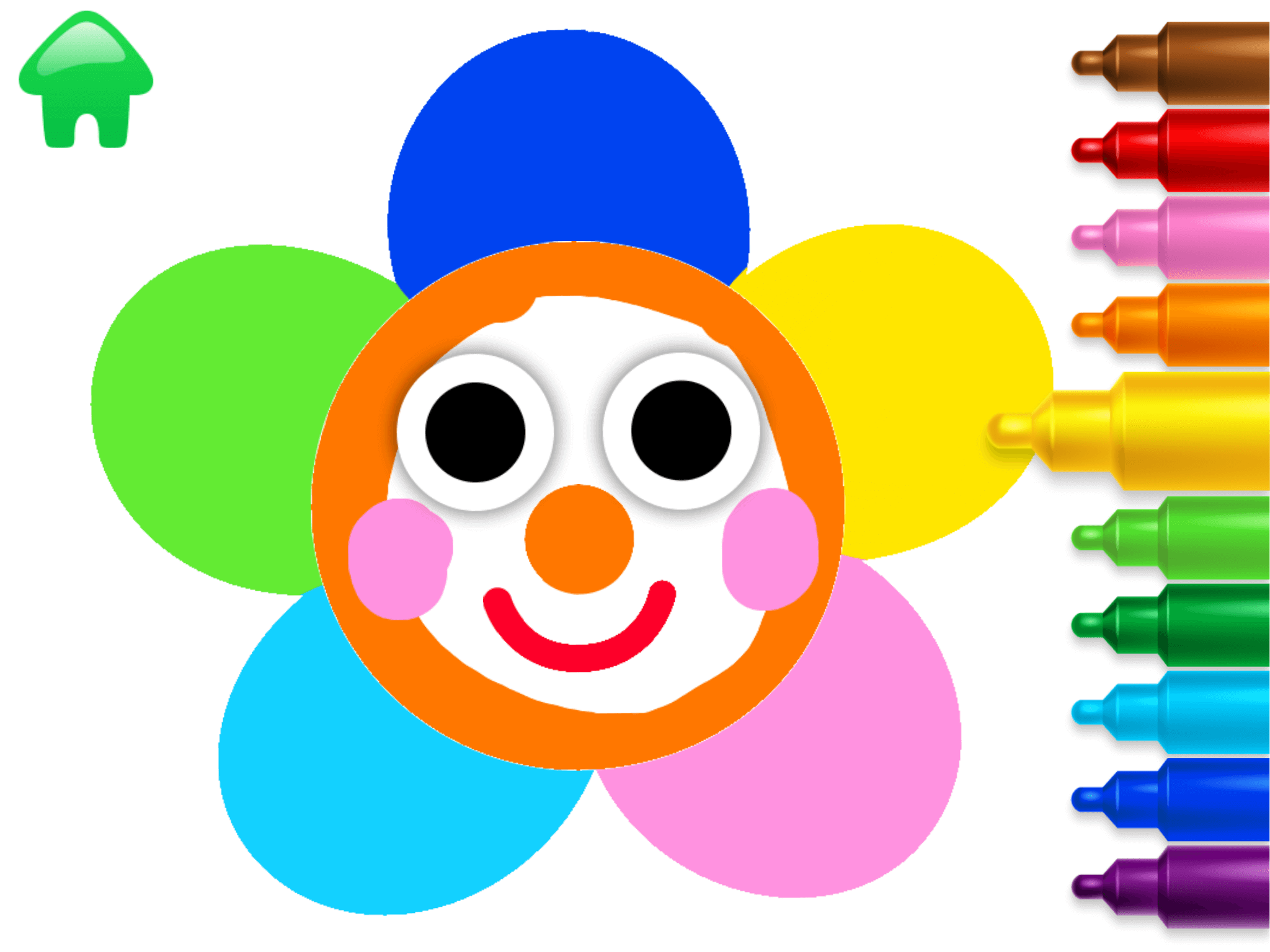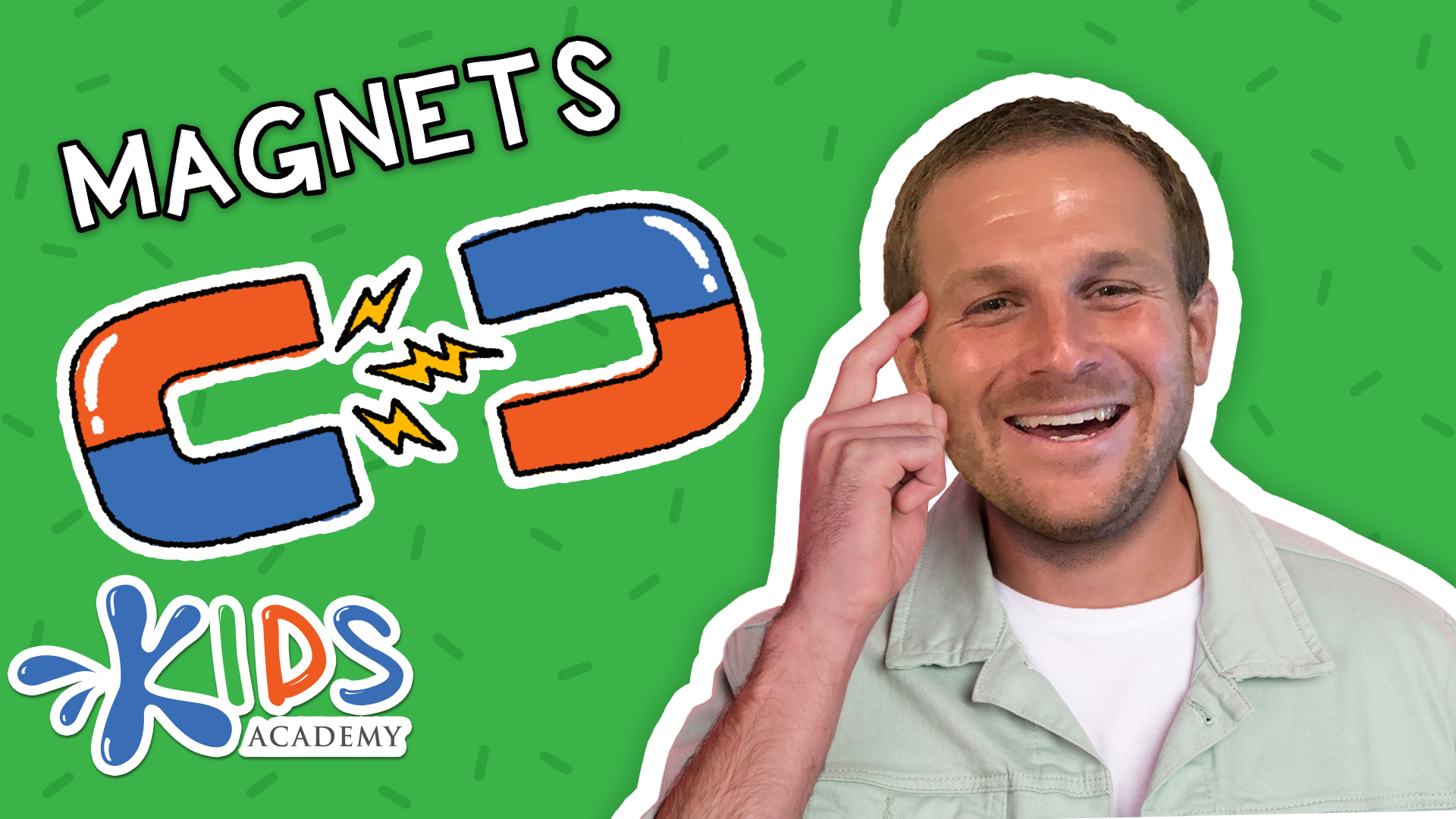Letter Tracing Practice Worksheets for Ages 6-9
12 filtered results
-
From - To
Introducing our engaging Letter Tracing Practice Worksheets designed specifically for children ages 6-9! These worksheets help young learners refine their handwriting skills while enjoying educational activities. With fun illustrations and structured practice, kids can easily master both uppercase and lowercase letters. Each worksheet encourages progression, allowing children to trace letters, words, and simple sentences at their own pace. Perfect for classrooms or home use, our printable resources foster a love for writing and boost confidence in young writers. Discover the joy of learning and watch your child develop essential literacy skills with our captivating letter tracing worksheets!
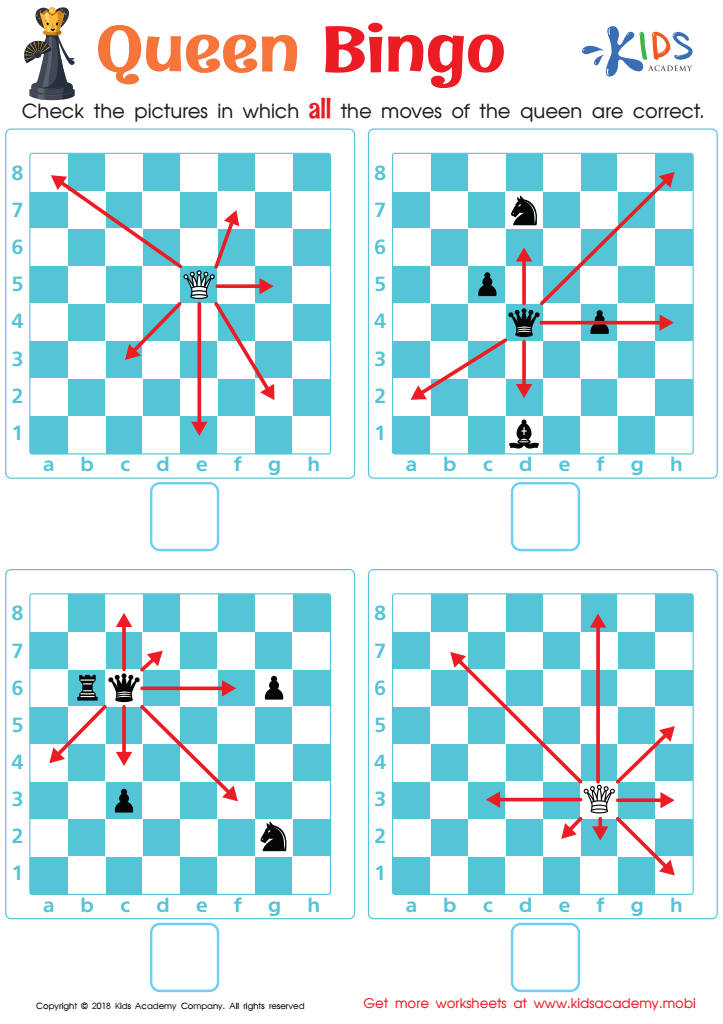

Queen Bingo Worksheet
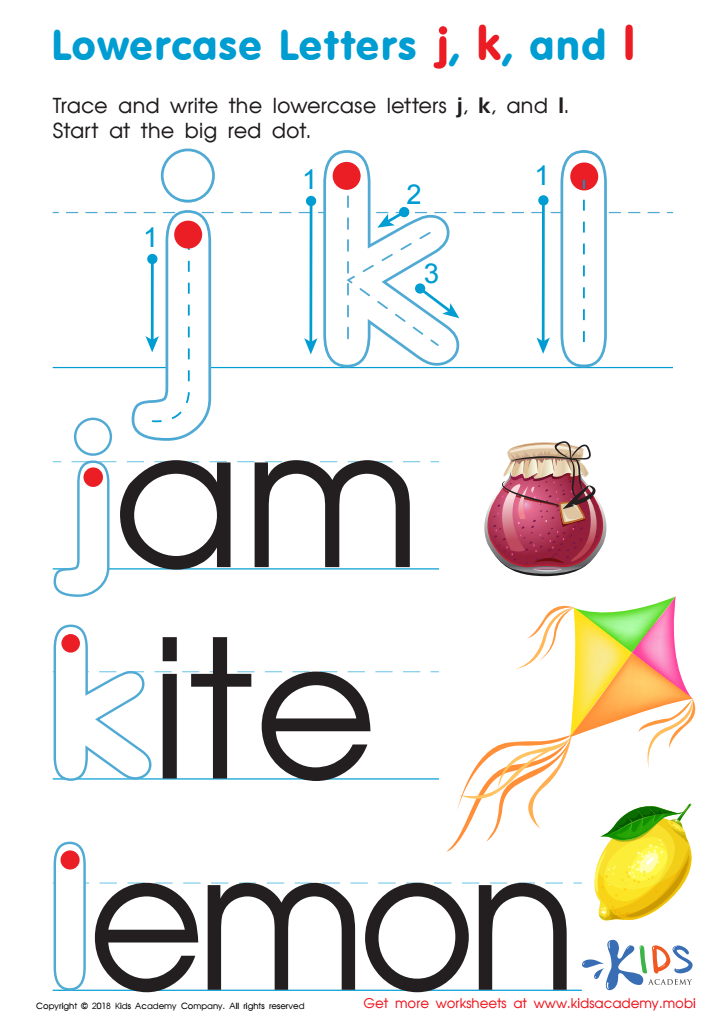

Lowercase Letters j k l Worksheet
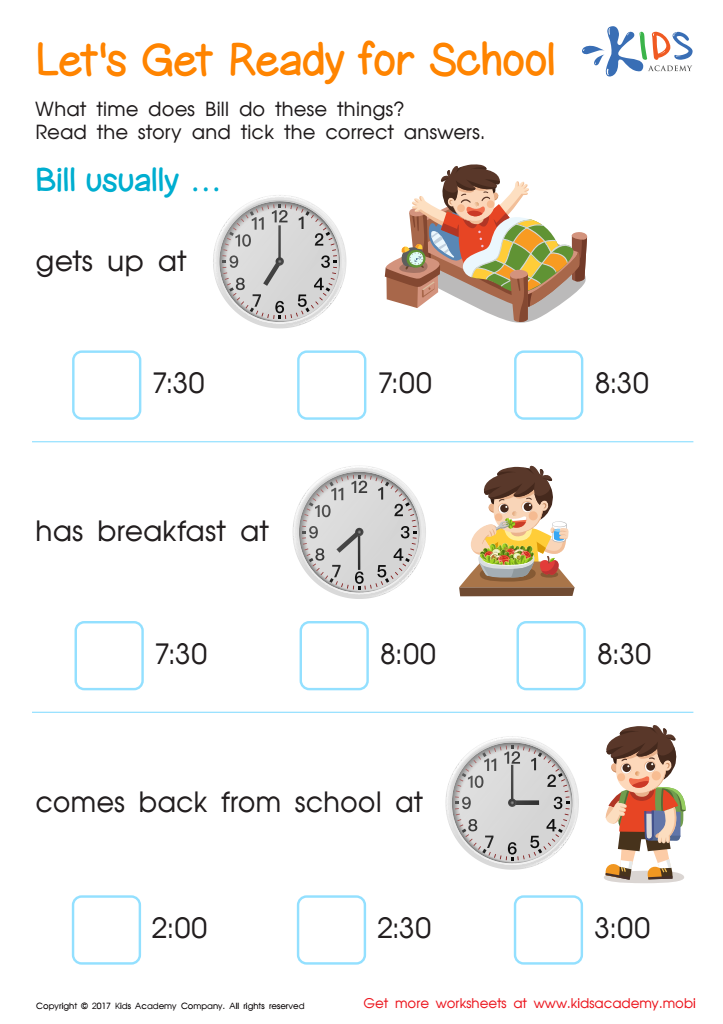

Lets Get Ready For School Time Printable


Letter I Tracing Worksheet
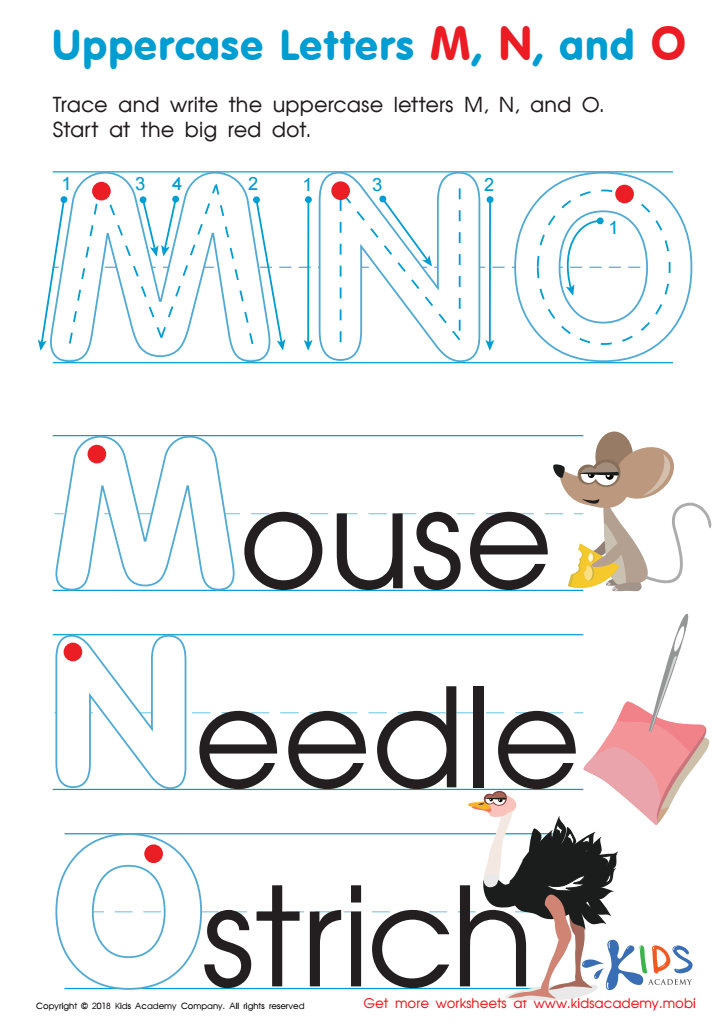

Uppercase Letters M, N, and O Worksheet


Easter: Chick in the Basket Worksheet


Uppercase Letters P, Q, and R Worksheet
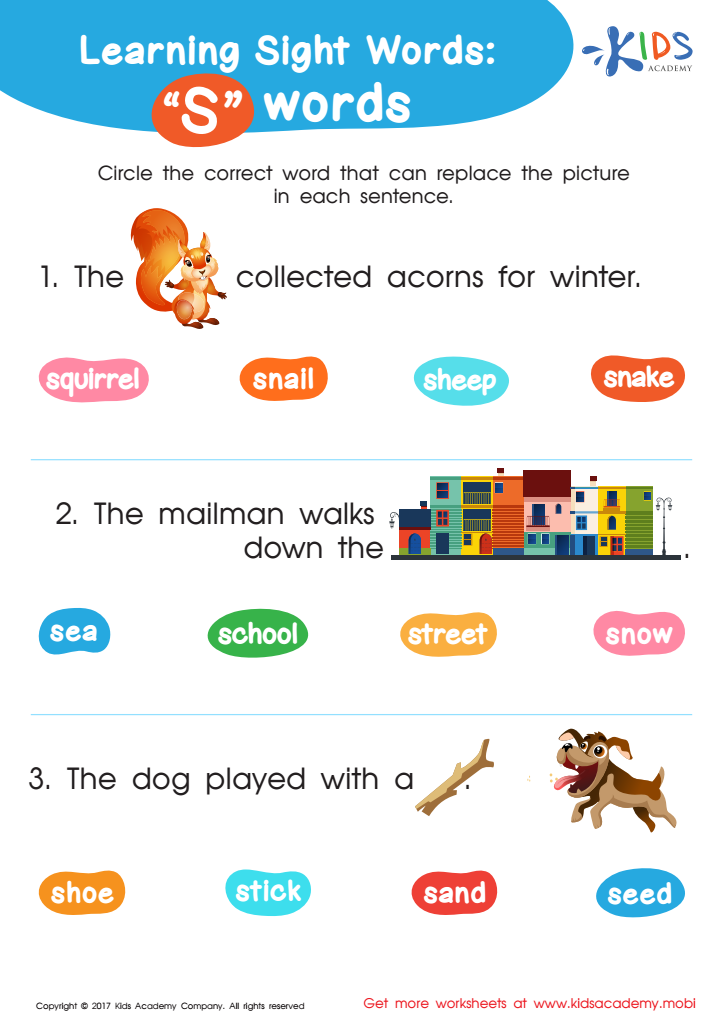

S Words Sight Words Worksheet
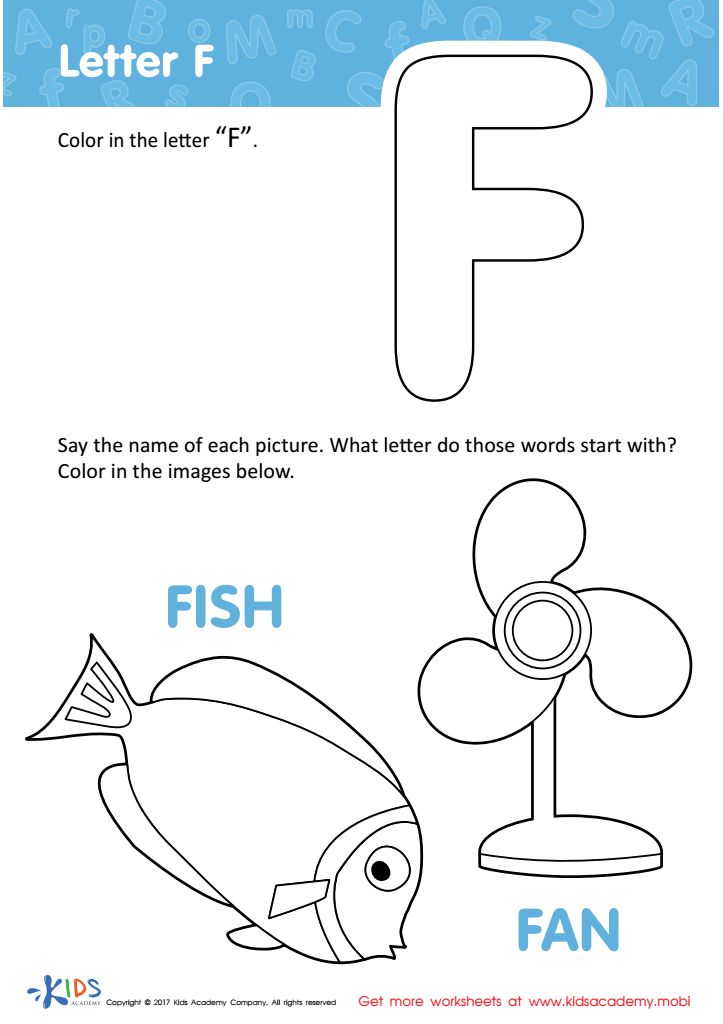

Letter F Coloring Sheet
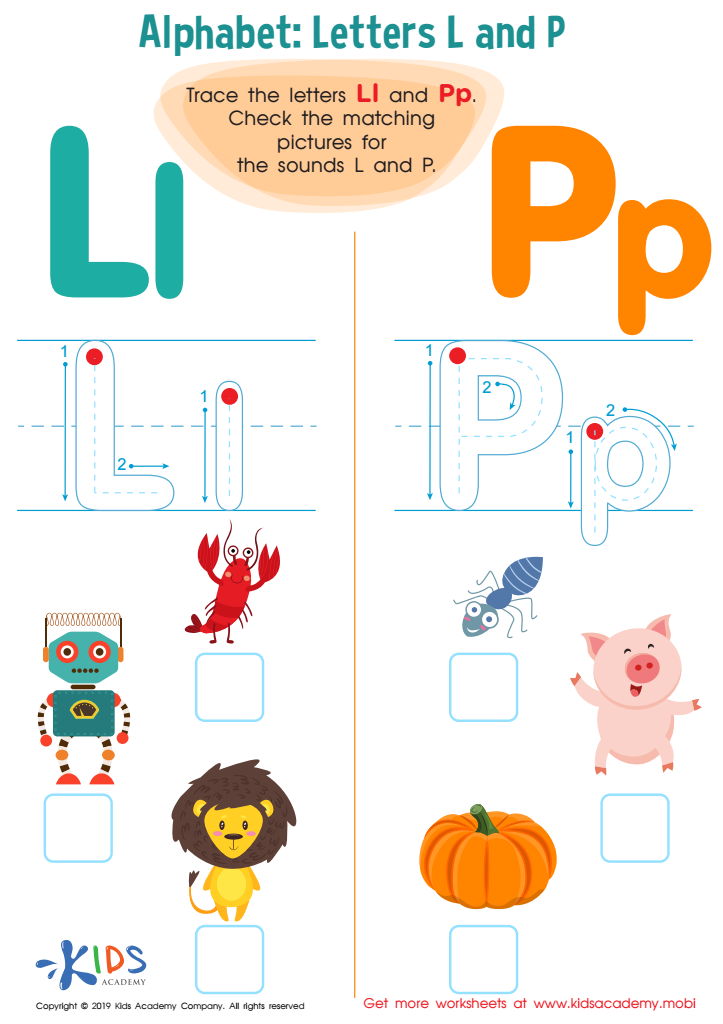

Letter L and P Tracing Worksheet
Letter tracing practice for children aged 6-9 is a critical component of early literacy development that offers numerous benefits for both parents and teachers. This age group is pivotal for skill acquisition, and tracing helps reinforce fine motor skills essential for writing. As children trace letters, they develop muscle memory, improving their penmanship and confidence in forming letters independently.
Additionally, letter tracing promotes letter recognition and phonemic awareness. By engaging in this practice, children associate the shapes of letters with their sounds, facilitating a smoother transition to reading. It creates a multisensory experience; combining visual, auditory, and kinesthetic learning styles helps solidify understanding.
Encouraging letter tracing also fosters a love for learning. When children see their progress and mastery of writing letters, it boosts their self-esteem and motivation to engage further with language activities. Moreover, for teachers, utilizing tracing sheets can easily be integrated into lesson plans, providing structured, interactive ways to assess student development.
Ultimately, supporting letter tracing practice contributes to foundational literacy skills, empowering children for future academic success, making it a valuable investment for parents and educators alike. By prioritizing this activity, they set children on a path to proficient communication and learning.



 Assign to My Students
Assign to My Students
